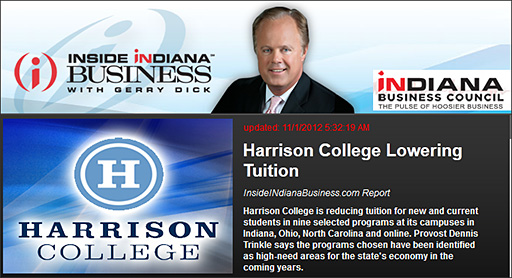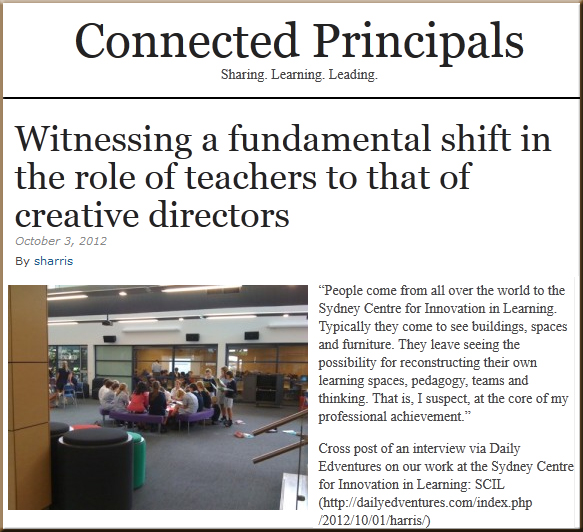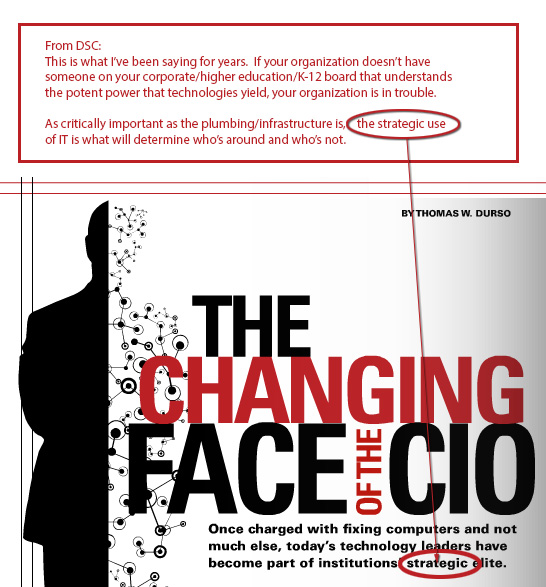A leadership job description — from forbes.com by Mike Myatt; with thanks going out to Mr. Joseph Byerwalter for this resource/find
Excerpt (bolding from Mike, not DSC):
There is no perfect leader; only the right leader for a given situation. Great leaders have the innate ability to call on the right skills in a contextually and environmentally appropriate fashion. No single leader can possess every needed attribute. It’s not the traits you possess as a leader, but what you do with them that matters. If I were successful in my genetic engineering exercise I would no doubt have created a leader who would be driven crazy by emotional and intellectual conflicts.
So, what is real leadership? Leadership is about giving credit not taking it, breaking down barriers not building them, destroying bureaucracies not creating them, bridging positional and philosophical gaps not setting boundaries, thinking big and acting bigger, being able to focus on short-term objectives without losing sight of long-term value, not focusing on the volume of outputs but the impact of said outputs, surrender not control, and most of all, leadership is about truly caring for those whom you serve.
…
When it comes to leadership, it’s not enough to be all you can be, you must focus on helping others become all that they can be.
Mike’s definition of leadership (bolding from Mike, not DSC):
“Leadership is the professed desire and commitment to serve others by subordinating personal interests to the needs of those being led through effectively demonstrating the character, experience, humility, wisdom and discernment necessary to create the trust & influence to cause the right things, to happen for the right reasons, at the right times.”


















